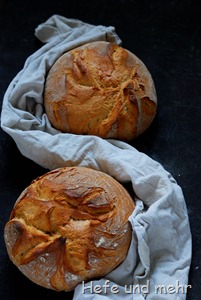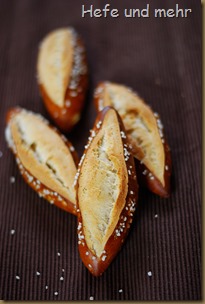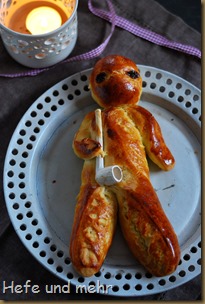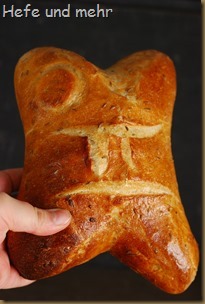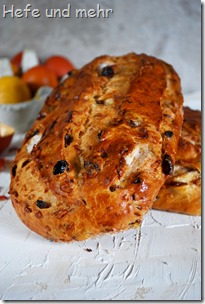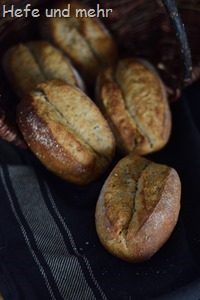 Finally I can post the first recipe in the upcoming post series of “regional breads” and can tell you how I came to this idea.
Finally I can post the first recipe in the upcoming post series of “regional breads” and can tell you how I came to this idea.
It all started with an email from the Magazine “Ö”, asking if I could develop some recipes form different German regions for their September issue. Of course I could and shortly after I was whirlwinding in the kitchen, baking Eastfrisian Blackbread, Schrippen from Berlin, Cologne Röggelchen, Göppinger Briegel, Swabian Spelt bread and Bavarian Farmers Bread. At the end of the week the bread was stacking in my kitchen and some colleagues and family members would find anonymous gifts of bread or rolls 🙂 I sent the recipe together with some Gerstl to the photographer who bake the bread, too and took the pictures.

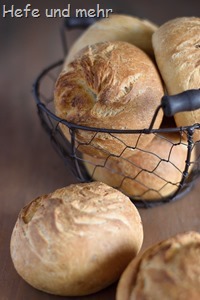 The
The 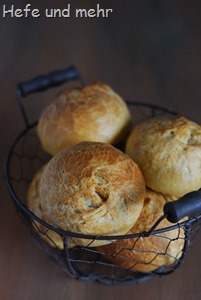 Kieler Semmeln are rolls which stem – as their name suggested – from Kiel. They are a special roll as they are rubbed in a mixture of butter and salt, which gives their surface a rough look and adds a nice buttery and sligthly salty flavour. There are different recipes around for this kind of rolls, some of the containing lard or cinnamon as well. Cinnamon seems to me a bit to adventurous for a first trial, but I keep this variant in the back of my head for a second version.
Kieler Semmeln are rolls which stem – as their name suggested – from Kiel. They are a special roll as they are rubbed in a mixture of butter and salt, which gives their surface a rough look and adds a nice buttery and sligthly salty flavour. There are different recipes around for this kind of rolls, some of the containing lard or cinnamon as well. Cinnamon seems to me a bit to adventurous for a first trial, but I keep this variant in the back of my head for a second version.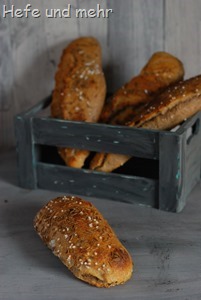
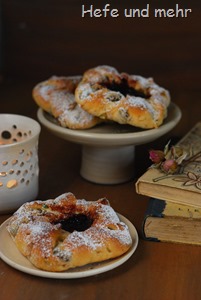 I can not tell how I learn about the Reformationsbrötchen (reformation rolls). But the idea somehow stuck in mind and so I had to bake them just in time for the 31. October (Reformation day).
I can not tell how I learn about the Reformationsbrötchen (reformation rolls). But the idea somehow stuck in mind and so I had to bake them just in time for the 31. October (Reformation day).